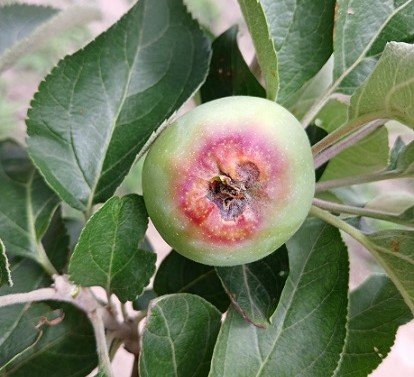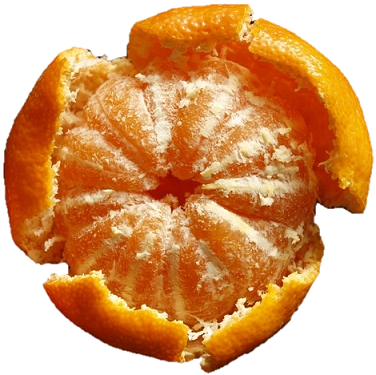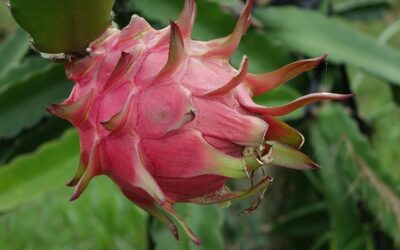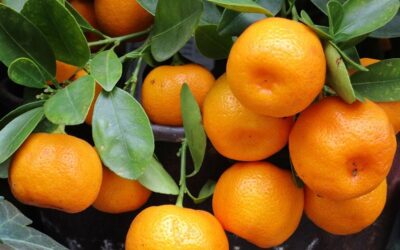Planting a variety of cultivars within the same fruit type offers numerous benefits for your orchard’s health, productivity, and profitability. Here are the key reasons, along with some practical examples:

Adaptation to Environmental Stress
Certain cultivars are better adapted to withstand environmental stressors such as drought, heat, wind, or flooding. This diversity ensures that if one variety struggles under a particular stressor, others may continue to thrive, thereby safeguarding the overall health and productivity of your orchard.
Example: The mango cultivar like Keitt may thrive in heat but struggle in heavy rains, whereas Haden may perform better in wetter conditions. This balance can safeguard your yield against unpredictable weather patterns.

Citrus growers who include both `Valencia` and `Navel` oranges may find that one performs well in a year of drought while the other struggles, ensuring at least partial success.
Disease Tolerance and Pest Resistance
Planting fruit cultivars that are more pest and disease tolerant has become essential as consumer markets increasingly demand sustainably produced fruits with minimal pesticide residues. Growing a variety of disease-tolerant cultivars can result in higher yields and reduced crop losses, making farming more profitable.

Different cultivars vary in their resistance to diseases and pests. Some may exhibit greater tolerance to fungal infections like powdery mildew or resistance to specific pests such as aphids or fruit borers, while still offering other desirable characteristics.
Example: Although no apple variety is completely resistant to codling moth, some cultivars exhibit better resistance than others. For example, the White Winter Pearmain apple is more susceptible to codling moth compared to Gala and other apple varieties. However, it demonstrates greater resistance to apple scab and powdery mildew.
Similarly, Fuji apples stand out for their high resistance to powdery mildew. On the other hand, Fuji and Gala apples are more susceptible to blight than the Dorsett Golden variety, which shows greater resilience to this disease and also exhibits good resistance to fire blight. By planting a mix of these apple varieties in one orchard, farmers can mitigate risks. If a pest or disease affects one variety, the more resistant cultivars will help ensure a successful harvest.

Extended Harvest Season
Different cultivars ripen at different times, allowing you to spread your harvest over a longer period. This prevents labor bottlenecks and ensures fresher fruit reaches the market continuously.
Example: Planting early-ripening mangoes like ‘Joa’ and ‘Tommy Atkins’ alongside mid-season varieties like ‘Kent’ and ‘Heidi’ and late-season types like ‘Keitt’ and ‘Honey’ provides a steady supply of fruit for months.

Cross-Pollination for Higher Yields
Many fruit trees require or benefit significantly from cross-pollination, where pollen from one cultivar fertilizes another. This can lead to better fruit set and larger, higher-quality fruit.
Example: Most hybrid plums require cross-pollination, but some varieties are self-fertile. Santa Rosa plums are self-fertile in warmer climates, but cross-pollination can improve fruit quality and productivity. All apple tree varieties require some cross pollination for successful fruit set, even if they are labelled self-fruitful.
Market Demand and Diversification
Different cultivars cater to varying consumer preferences and market niches. By planting a range, you can appeal to a broader audience and adapt to shifting market trends.
Example: Some consumers, such as street vendors, prefer clementines for their tougher peel and longer shelf life. Meanwhile, mothers with young children often favor satsuma mandarins for their loose, easy-to-remove peel and easily separable segments, making them an ideal choice for healthy lunchbox snacks. By offering both options, you can appeal to a wide range of preferences.

Mitigating Market Oversupply
When all your fruit ripens simultaneously, the market can become flooded, driving prices down. Staggered harvests through multiple cultivars can help you maintain better pricing and spread income over time.
Example: In the avocado industry, combining ‘Hass’ (with its peak harvest early in the season) and ‘Fuerte’ (with a later harvest) helps prevent market saturation. Since avocados have a much longer bearing and harvesting season compared to other fruit types, planting multiple cultivars can ensure a nearly year-round supply of fruit for the market.
Better Pest and Wildlife Management
Insects or wildlife often prefer certain cultivars over others, creating an opportunity to use those as “trap plants” or to distribute damage across varieties rather than concentrating it on a single one.

Example: Birds may prefer softer-skinned papayas, such as ‘Waimanalo,’ while avoiding thicker-skinned varieties like ‘Red Maradol,’ which helps reduce overall losses. Both types are essential to meet different market demands: thicker-skinned varieties are ideal for long-distance shipping and extended shelf-life, while softer-shelled ones are perfect for local markets.
Conclusion
Planting different cultivars of the same fruits in your orchard is a smart way to protect your farm and increase your harvest and income. This way, your orchard will be better prepared to deal with changes in weather, pests, and market needs, helping it stay productive and profitable over time.








